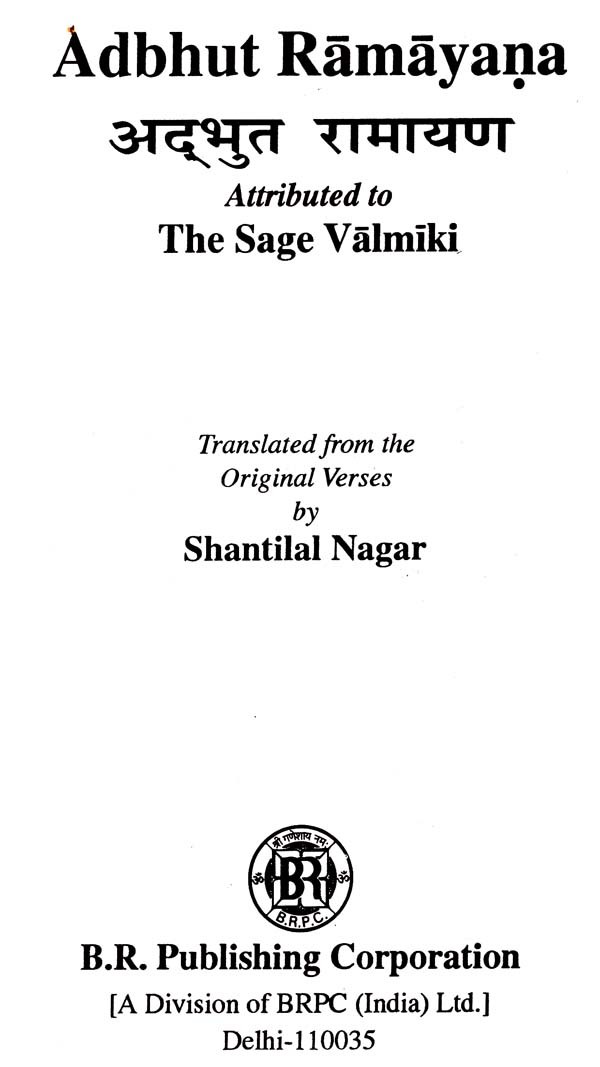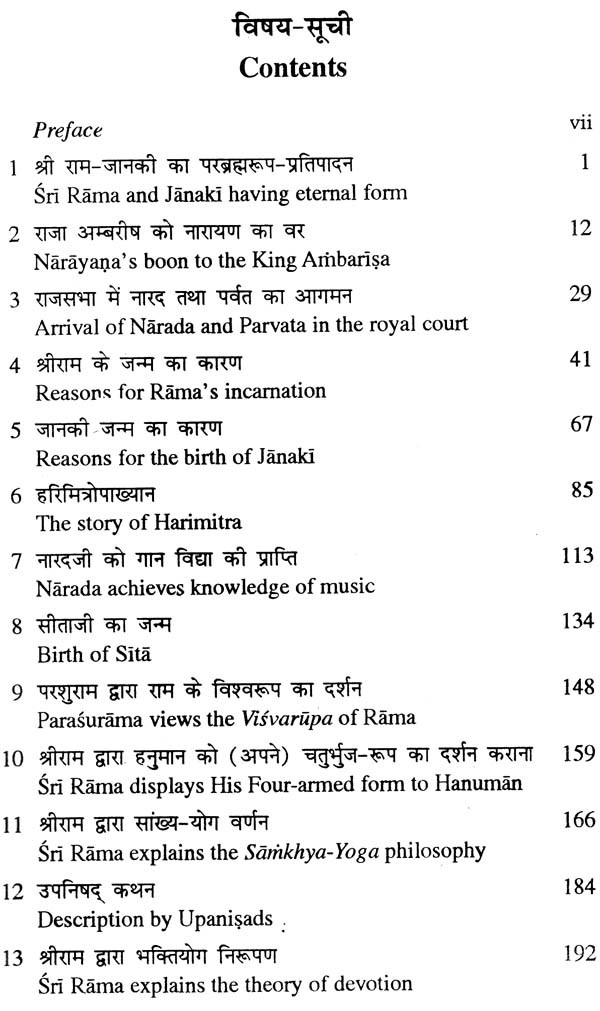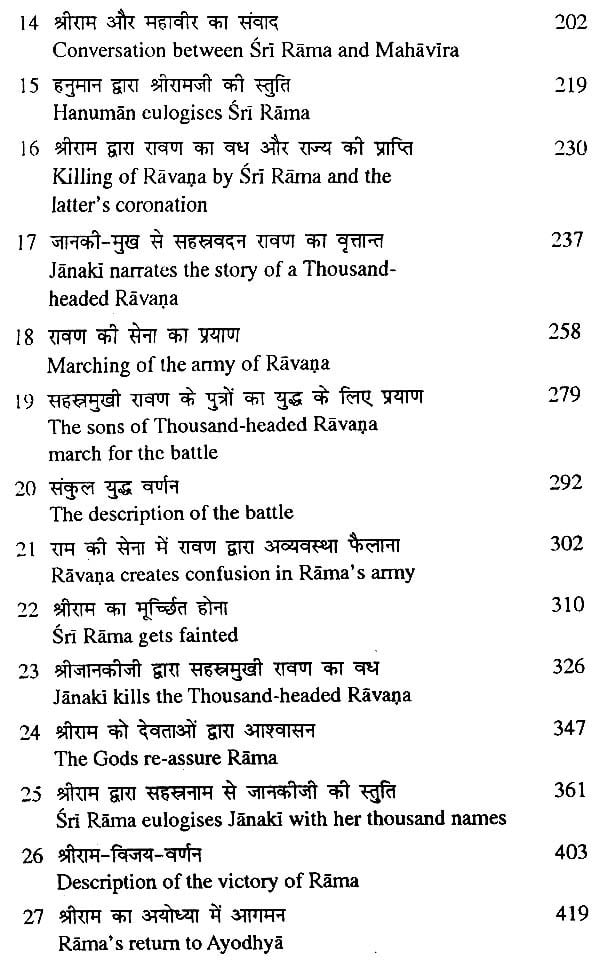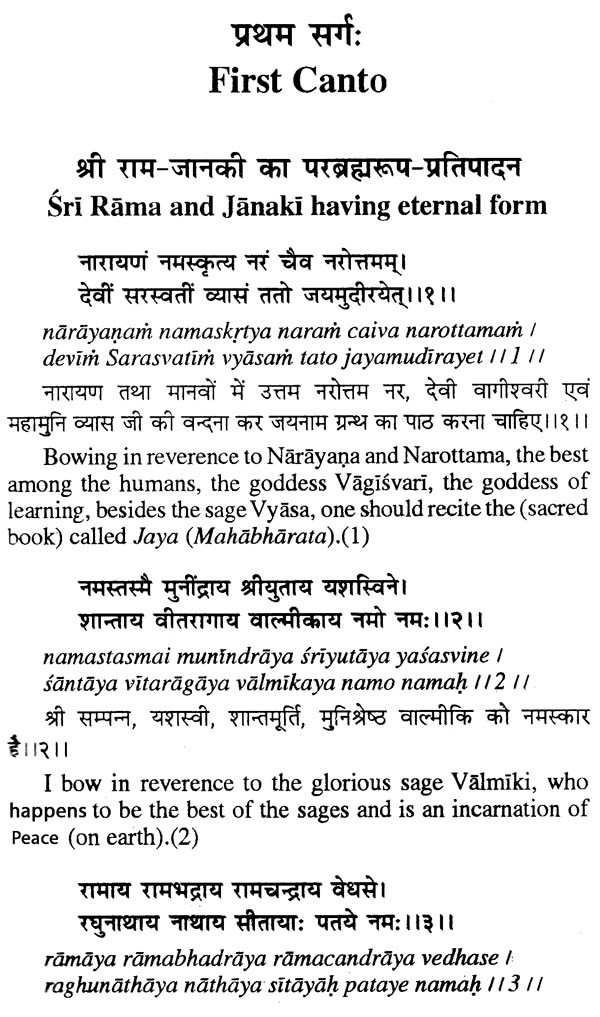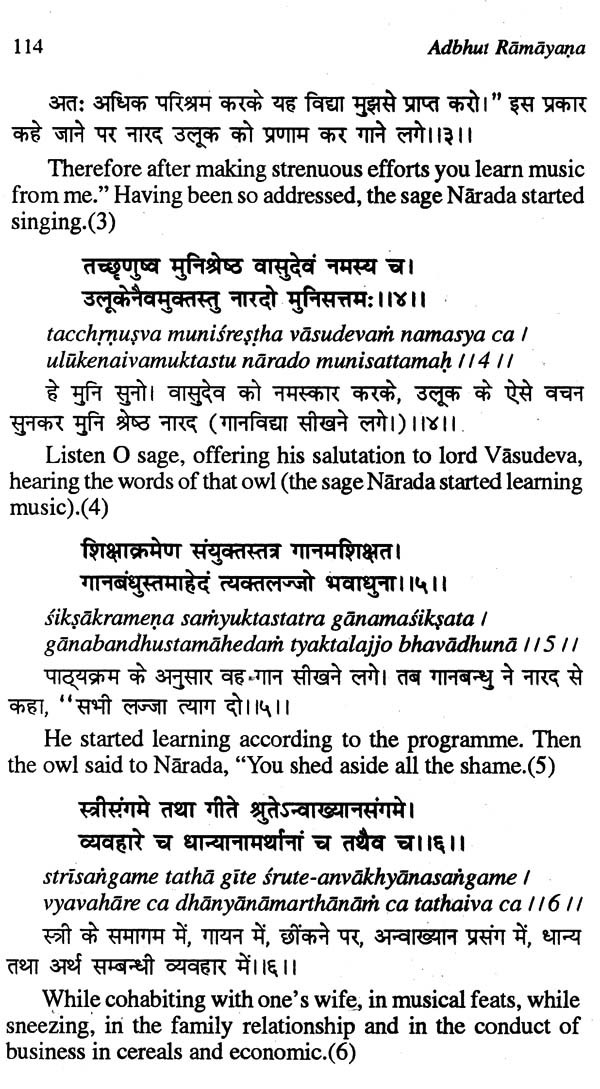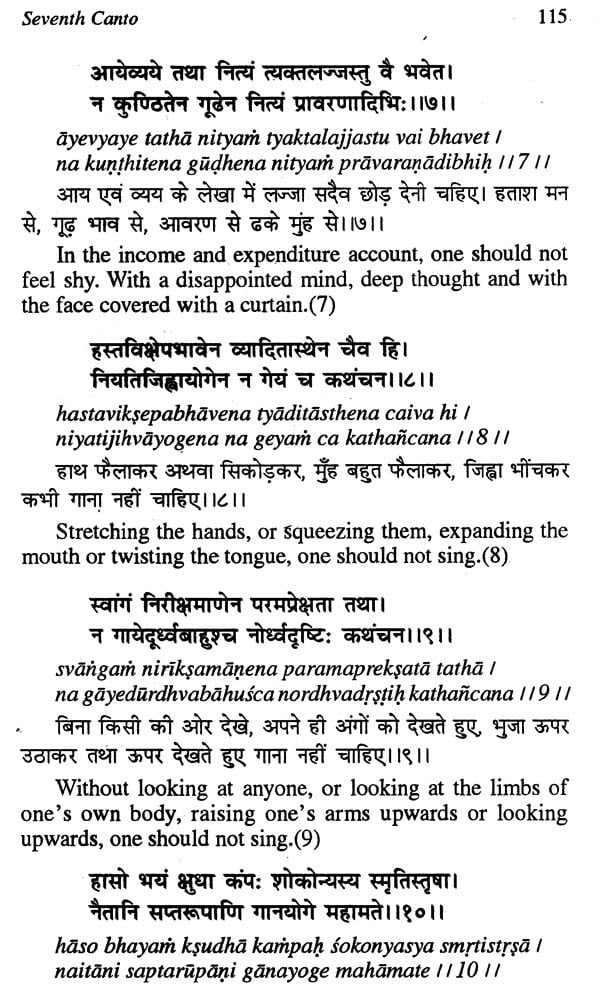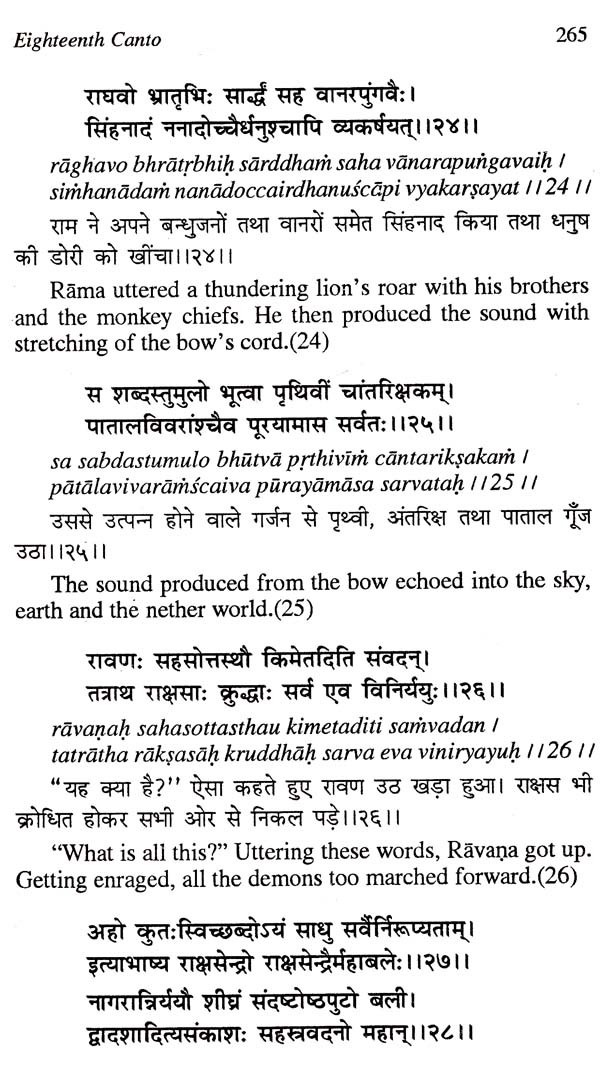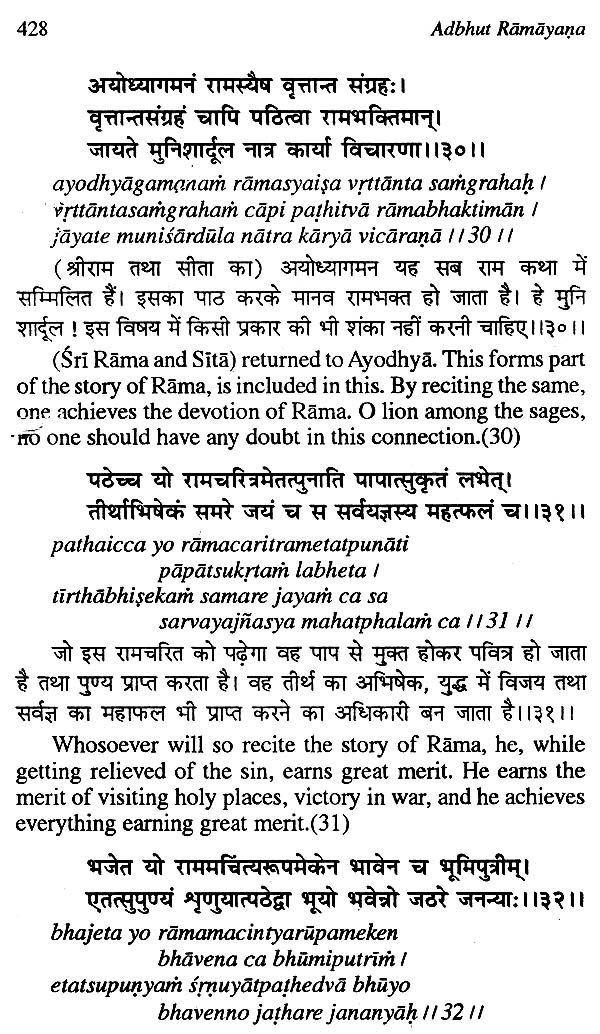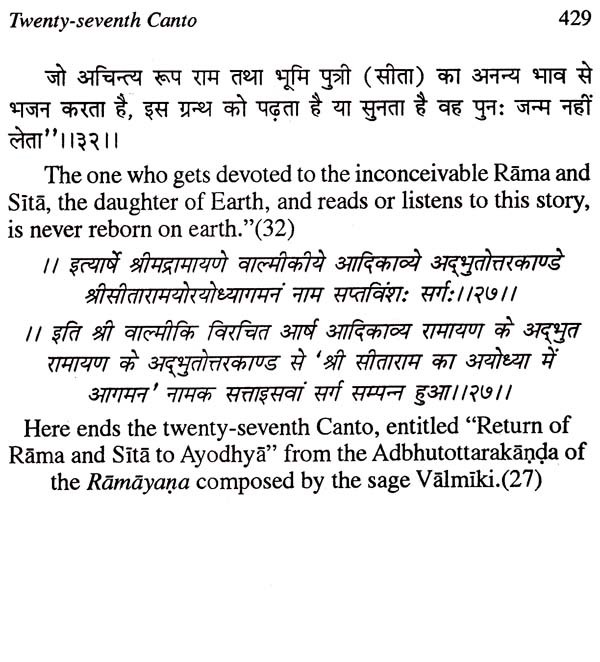About the Book Of the various Ramayana works which came up after the Valmiki Ramayana, the Adbhut Ramayana happens to be one of them. The work is also attributed to the Sage Valmiki and contains twenty seven cantos as a sequel to the Rāmāyaṇa and portrays the earlier part of the story, highlighting the real nature of Sită, who also appears in the terrific form having killed that Rävaņa, who had a thousand heads, whom Rama was unable to kill. This work presents the text of the Adbhut Rāmāyaṇa in Roman script along with explanation and annotation in Hindi and English. This will help the Hindi and non Hindi readers knowing English a great deal, especially the foreigners.
About the Author The author, a graduate of the Punjab University, served in the curatorial capacity in the Central Asian Antiquities Museum, New Delhi, the Archaeological Museum, Nalanda, and Archaeological Section of the Indian Museum, Calcutta for a number of years. He has to his credit the scientific documentation of over fifty thousand antiquities, in these museums, representing the rich cultural heritage of the country and comprising of sculptures, bronzes, terracotta’s, beads, seals and sealing, ancient Indian numismatics, wood work, miniatures and paintings, textiles and Pearce collection of gems, ranging from the earliest times to the late medieval period. He was awarded, in 1987, a fellowship, for his monograph on the Temples of Himachal Pradesh, by the Indian Council of Historical Research, New Delhi. He has authored more than 30 books.
Preface The story of Rama had been quite popular in the country from the time immemorial, far earlier than the sage Valmiki, who, at the advice of Narada knitted the fragments of the story; which were so popularly carried from father to son, in the then prevailing Indian tradition. Thus was the practice followed in respect of the Vedic hymns as well, which were carried on by the pupils from their teachers? But this oral tradition was quite popular and authentic and there was hardly any possibility of any error in such recitations of the Vedic hymns by the teachers and those who received them from their gurus. But these Vedic hymns though were composed in the form of various metres, but could not take the form of verses. These passages had the sanctity of being the hymns which represented the divine voice, which were believed to have been recited by Brahma from his four mouths for the benefit of the sages and other people.
But the credit of composing the first Sanskrit verse goes. to the sage Valmiki, who, though initially was a robber and earned his living by robbing and killing others, had to face a turmoil in his life, when he was forced to disown the evil ways and take to the adoration of Rama, though clandestinely. But still he became so devoted to the path of celibacy under the advice of Brahma that the killer in him completely vanished leaving the space for celibacy and devotion. Surprisingly, Ratnakara (Valmiki) who was awfully cruel and killed people almost daily, mercilessly, the same Ratnakara, becoming Valmiki, was so moved at the killing of one of the pair of the Krauñca birds, that he pronounced a curse on the hunter, thus Thus the sage unconsciously uttered a passage, which was later recognised to be the first Sanskrit verse.
**Contents and Sample Pages**
